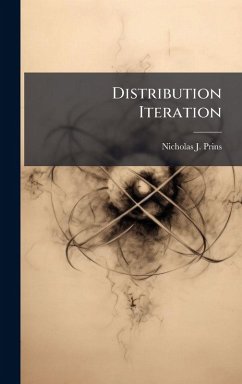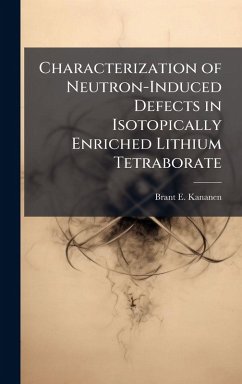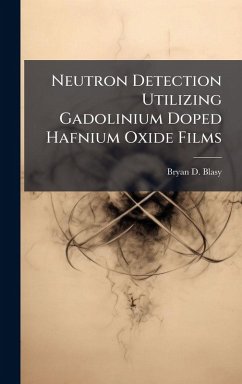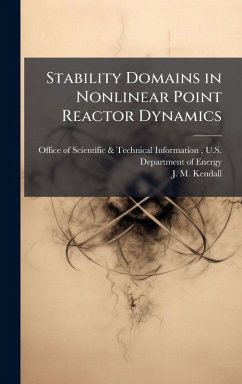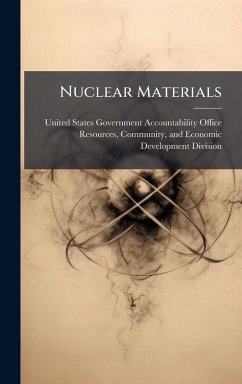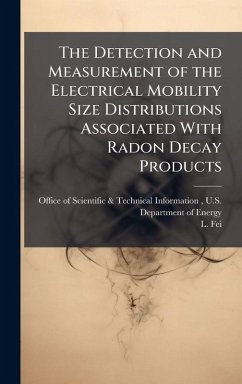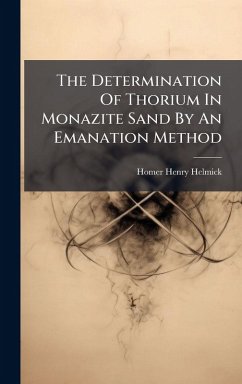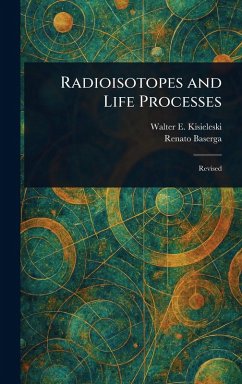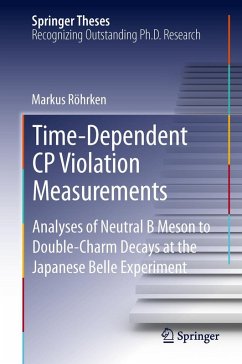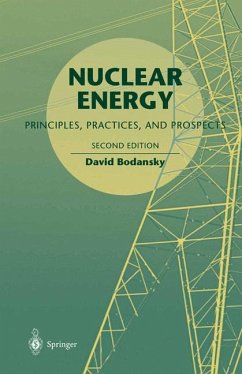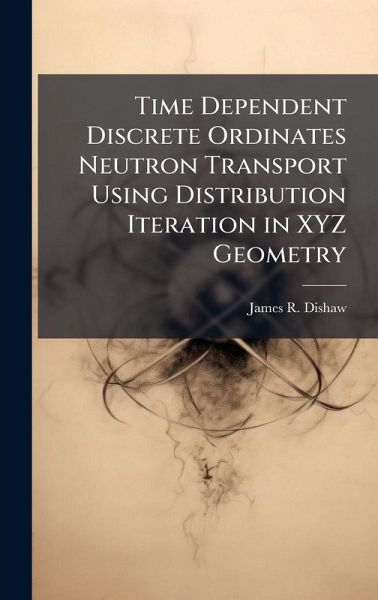
Time Dependent Discrete Ordinates Neutron Transport Using Distribution Iteration in XYZ Geometry
Versandkostenfrei!
Versandfertig in über 4 Wochen
29,99 €
inkl. MwSt.
Weitere Ausgaben:

PAYBACK Punkte
15 °P sammeln!
The DI algorithm is an alternative to source iteration that, in our testing, does not require an accelerator. I developed a formal verification plan and executed it to verify the results produced by my code that implemented DI with the above features. A new, matrix albedo, boundary condition treatment was developed and implemented so that infinite-medium benchmarks could be included in the verification test suite. The DI algorithm was modified for parallel efficiency and the prior instability of the refinement sweep was corrected. The testing revealed that DI performed as well or faster than s...
The DI algorithm is an alternative to source iteration that, in our testing, does not require an accelerator. I developed a formal verification plan and executed it to verify the results produced by my code that implemented DI with the above features. A new, matrix albedo, boundary condition treatment was developed and implemented so that infinite-medium benchmarks could be included in the verification test suite. The DI algorithm was modified for parallel efficiency and the prior instability of the refinement sweep was corrected. The testing revealed that DI performed as well or faster than source iteration with DSA and that DI continued to work where DSA failed. Performance did degrade when the diamond-difference (without fixup) spatial quadrature was used. Because diamond-difference is a non-positive spatial quadrature, it can produce nonphysical negative fluxes, particularly in higher dimensions. I developed a new fixup scheme to accommodate the negative fluxes, but it did not improve performance in XYZ geometry when the scattering ratio was near unity. This work has been selected by scholars as being culturally important, and is part of the knowledge base of civilization as we know it. This work was reproduced from the original artifact, and remains as true to the original work as possible. Therefore, you will see the original copyright references, library stamps (as most of these works have been housed in our most important libraries around the world), and other notations in the work. This work is in the public domain in the United States of America, and possibly other nations. Within the United States, you may freely copy and distribute this work, as no entity (individual or corporate) has a copyright on the body of the work. As a reproduction of a historical artifact, this work may contain missing or blurred pages, poor pictures, errant marks, etc. Scholars believe, and we concur, that this work is important enough to be preserved, reproduced, and made generally available to the public. We appreciate your support of the preservation process, and thank you for being an important part of keeping this knowledge alive and relevant.



